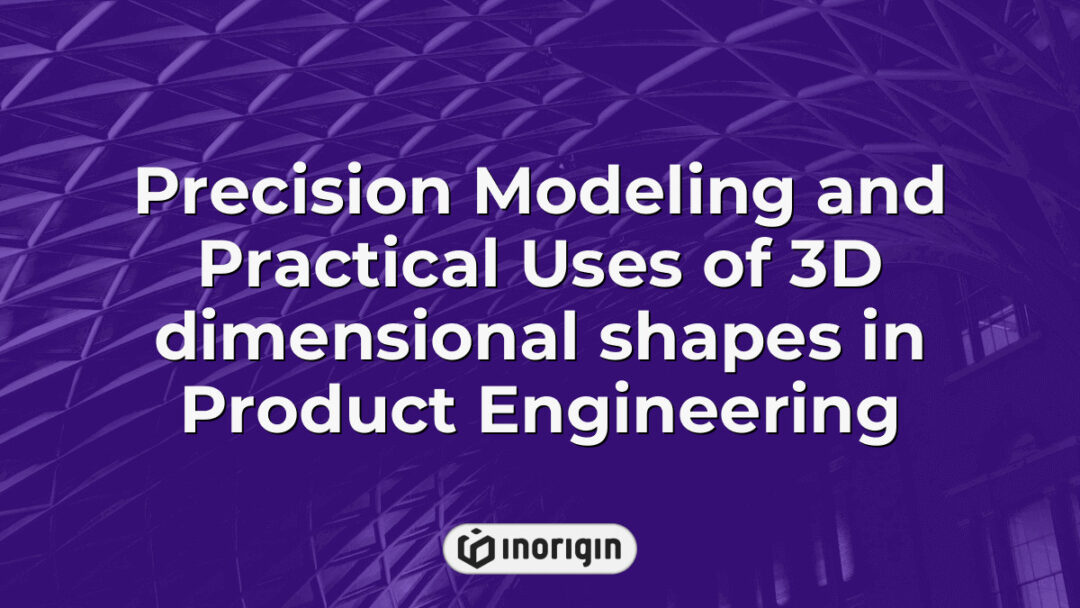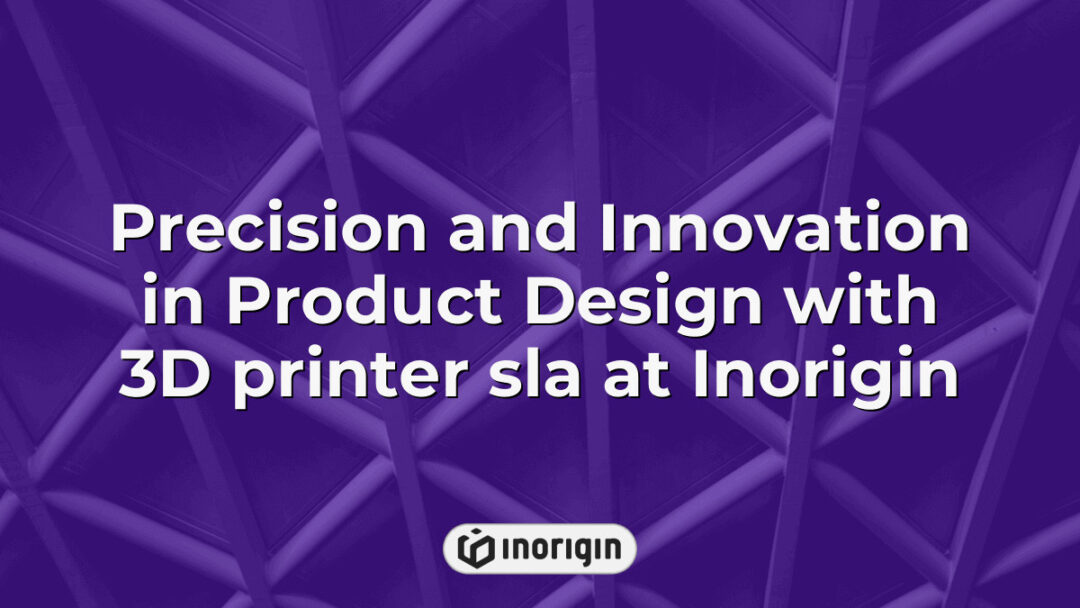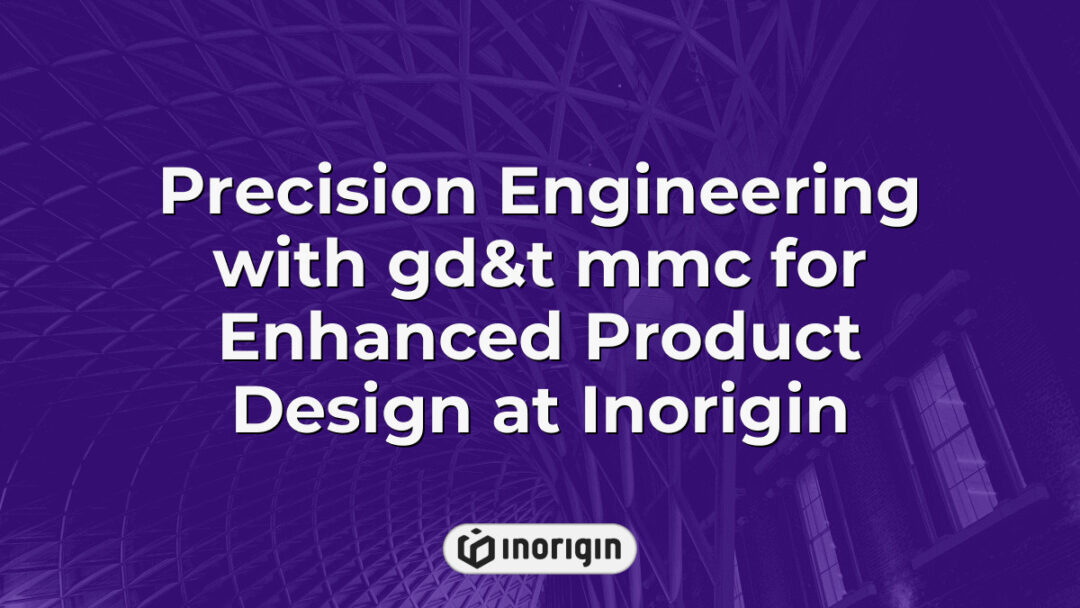"Form follows function" is a well-known adage that encapsulates the essence of industrial product design, emphasizing the fundamental principle that the purpose of a product should dictate its form and functionality. In an era defined by rapid technological advancements and ever-evolving consumer demands, the goal of industrial product design transcends mere aesthetics, seeking to harmonize usability, sustainability, and innovation. This discipline not only addresses the practical needs of users but also engages in a deeper dialogue with cultural and environmental contexts, ultimately aiming to enhance quality of life while driving economic growth. A thorough exploration of the objectives underlying industrial product design reveals how strategic thinking and creative problem-solving converge to shape the products that define modern society.
| Aspect | Key Takeaway |
|---|---|
| Core Objective | Understanding what is the goal of industrial product design involves harmonizing functionality, usability, innovation, and sustainability to create meaningful user experiences. |
| User Experience | Prioritizing intuitive usability ensures products meet diverse consumer needs and remain accessible in evolving markets. |
| Safety and Compliance | Adhering to rigorous safety standards builds product reliability while fostering consumer trust in competitive industries. |
| Aesthetic Integration | Optimizing visual appeal enhances emotional connections with users and drives brand differentiation in the marketplace. |
| Sustainable Innovation | Incorporating eco-friendly materials and efficient processes supports environmental responsibility without compromising performance. |
| Brand Strengthening | Aligning design with strategic brand identity boosts customer loyalty and establishes a strong market presence. |
| Essential Expertise | Successful industrial product design requires creativity, technical skills, effective communication, and project management. |
Enhancing Functionality and Usability
Industrial product design, reminiscent of the early days of the industrial revolution, aims to seamlessly blend functionality with usability, a challenge as pressing today as it was when steam engines were first conceptualised. Enhancing functionality is not just about ensuring a product works; it requires a holistic approach that considers the context in which the product will be used. This aspect directly influences usability, as products must be intuitive and accessible for a varied user demographic. For instance, the design of a modern smartphone may incorporate advanced features like biometric security and high-resolution displays, yet if these features complicate the user experience, the overall success of the device diminishes. Thus, a careful balance must be struck between advanced functionality and user-friendly interactions. The convergence of these elements not only serves to meet user needs but also drives innovation within the industry, pushing designers to rethink how products serve their intended purpose while remaining accessible. In tackling these challenges, it’s clear that the focus on functionality and usability will continue to shape the principles of industrial product design, ensuring that products not only meet the demands of the present but also adapt to the evolving expectations of future users.
Prioritizing Safety and Compliance
The quest for safety and compliance in industrial product design is nothing short of monumental; it serves as the bedrock upon which not only functionality but also user trust is built. In the realm of industry, where products are manufactured and implemented with precision, the implications of overlooking safety are indeed staggering—not merely a matter of regulatory thresholds but a crucial driver of consumer confidence. As designers strive to create products that resonate with end customers, the integration of compliance with safety standards emerges as a self-evident necessity. It encompasses a multitude of factors, including the examination of materials used, design ergonomics, and the rigorous testing of potential hazards. Importantly, the significance of regulatory adherence cannot be overstated, as it aids in mitigating risks that could lead to accidents or malfunctions, subsequently ensuring that users remain secure while engaging with various products. Thus, the paradigm of prioritising safety and compliance forms an inseparable link within the broader narrative of industrial product design, highlighting its essential role in fostering an environment where innovation can thrive amidst the unwavering demand for user protection.
Optimizing Aesthetic Appeal
Optimizing aesthetic appeal in industrial product design acts as a catalyst for enhancing both user experience and market competitiveness. As emphasis on aesthetics in product development grows, it is vital to strike a balance between functional requirements and the creation of visually appealing products. While safety and compliance remain paramount, the challenge arises in ensuring that products do not merely serve a purpose, but also resonate with consumers on an emotional level. Recognising that the aesthetics of a product can significantly influence purchasing decisions, designers are increasingly incorporating elements such as colour psychology, form, and texture. To this effect, various aspects can be highlighted:
- The significance of colour choice in influencing user emotions and perceptions.
- The role of ergonomics in creating appealing yet functional designs.
- The impact of contemporary trends on consumer expectations and design choices.
- The necessity of iterative design processes that incorporate user feedback on aesthetics.
Through these lenses, one can understand that achieving optimal aesthetic appeal is not merely an ancillary consideration; it embodies a strategic approach that engages and captivates users. Improving the visual aspects of product design is equally about connecting with the audience and aligning with contemporary cultural sensibilities. As such, the integration of aesthetics serves not only to enhance the product’s external appeal but also to foster brand loyalty and encourage repeat purchases, reflecting a broader trend in consumer behaviour that prioritises holistic experiences over mere utility.
Improving Sustainability and Efficiency
The relentless march of climate change casts a long shadow over future generations, propelling the necessity for industrial product design to pivot towards improving sustainability and efficiency. Here, innovation becomes the cornerstone, as designers are called to revolutionise processes while embracing eco-friendly materials, effectively reducing the cost of production. For instance, the integration of cutting-edge renewable resources into manufacturing not only minimises waste but enhances the lifecycle of products, establishing a sustainable model that proves beneficial for both the environment and the economy. Furthermore, enhancing efficiency within production lines can diminish energy consumption, directly addressing pressing concerns around resource depletion. This dual emphasis on sustainability and productivity not only aligns with modern consumer values but also allows companies to remain competitive in an increasingly environmentally conscious marketplace. Ultimately, the shift towards these goals is not merely a trend; it represents an essential evolution for the industrial landscape, ensuring the possibility of a more sustainable future for all.
Strengthening Brand Identity and Market Position
Strengthening brand identity and market position within industrial product design can be likened to nurturing a garden; it requires attention to detail, an understanding of the environment, and a vision for growth. To remain competitive, businesses must seize market opportunities, aligning their design efforts with consumer expectations and preferences. The integration of aesthetic appeal and functional efficacy not only fosters an emotional connection with customers but also ensures lasting value, elevating a brand’s status in an increasingly crowded marketplace. For instance, companies that prioritize sustainable practices in their product development often experience enhanced brand loyalty; this strategy not only caters to a growing demographic concerned with environmental impacts but also positions the brand as a forward-thinking leader in its field. Transitioning to a focus on brand identity necessitates a multi-faceted approach, wherein the design process embraces innovation, consumer engagement, and strategic marketing, ultimately solidifying a brand’s presence and influence. As competition intensifies, the synthesis of these elements becomes essential, paving the way for businesses to carve out distinctive identities and maintain resilience amid market fluctuations.
Frequently Asked Questions
What skills are essential for a career in industrial product design?
In examining the essential skills for a career in industrial product design, it is revealed that approximately 96 percent of design professionals agree that creativity plays a crucial role in the industry. This statistic underscores the significance of innovative thinking and problem-solving abilities within this field. In addition to creativity, technical proficiency is paramount; candidates often require knowledge of computer-aided design (CAD) software, which facilitates precise drafting and modelling. Furthermore, strong communication skills emerge as necessary, given that collaboration among multi-disciplinary teams is commonplace. Transitioning to understanding user needs is another essential aspect of industrial product design, which demands empathy and an ability to incorporate user feedback into the development process. The landscape shifts again when considering project management skills, which help designers navigate timelines and resources efficiently, ensuring that product goals align with strategic objectives.
These competencies, when combined, create a well-rounded foundation that enables individuals to thrive in the competitive arena of industrial design. The ability to balance creativity with technical knowledge, together with effective communication and project management, positions designers to address contemporary challenges, ultimately leading to innovations that can profoundly impact society. Through the synthesis of these skills, professionals find themselves equipped to influence the future of product design meaningfully.
How do companies measure the success of their industrial product designs?
Measuring the success of industrial product designs can be as complex as capturing the essence of a fleeting moment in a photograph. This evaluation typically utilises several key performance indicators that may include customer satisfaction, market share, and return on investment. For instance, a product may receive high praise from consumer feedback but still fail to penetrate the intended market segment, highlighting the importance of context. Additionally, companies often rely on metrics such as sales numbers and production costs to further elucidate the effectiveness of their designs. Furthermore, design iterations can serve as a reflective tool; regular assessments throughout the product lifecycle allow firms to adapt and refine based on real-world performance and shifting consumer preferences. In essence, success in industrial product design is not merely defined by initial acceptance but is rooted in a dynamic interplay of factors that can evolve over time, influencing future design decisions and overall corporate strategy.
What are some common challenges faced in the industrial product design process?
The industrial product design process is rife with challenges that can hinder the development of innovative and functional products. One significant challenge arises from the need to balance aesthetic appeal with functionality; designers often must navigate stakeholders’ varying expectations, which can lead to conflicting priorities. For instance, a product designed with cutting-edge materials might be viewed as lacking if its usability is compromised, illustrating a tension that designers must manage. Additionally, market timing poses another hurdle; if a product’s release is delayed due to unforeseen complications, competitors may seize the opportunity, rendering the initial efforts less impactful. Another notable challenge is the integration of sustainability considerations into the design process. Increasingly mandatory regulations, alongside a growing consumer preference for eco-friendly products, require designers to innovate with sustainable materials and manufacturing processes, often at an increased cost and complexity. Furthermore, collaboration among multidisciplinary teams—which include engineers, marketers, and manufacturers—can lead to communication breakdowns or misalignments, ultimately affecting project outcomes. The interplay of these factors creates a highly dynamic environment where adaptability is essential for success in industrial product design.
Conclusion
In the realm of industrial product design, the ultimate aim serves as a guiding compass, steering innovation and functionality. Just as a sculptor chisels a block of stone into a masterpiece, the designer transforms raw concepts into tangible solutions, embodying creativity and practicality that forge connections between human needs and technological advancements.
Related posts:
- How Can Industrial Design Impact Your Product’s Market Success in Shaping Consumer Appeal and Brand Differentiation
- How Can Usability Testing Improve Product Design? Practical Outcomes from Inorigin’s Expert Approach
- How Product Safety Engineer Roles Drive Innovation and Regulatory Compliance
- How Can Industrial Design Impact Product Aesthetics Through Material Choices and User Experience Integration
- How Can Industrial Design Enhance Your Product’s Appeal by Blending Innovation and User Experience
- How Can Packaging Design Impact Product Sales by Shaping Consumer Perception and Market Success




